KEEP UP WITH OUR DAILY AND WEEKLY NEWSLETTERS
happening now! partnering with antonio citterio, AXOR presents three bathroom concepts that are not merely places of function, but destinations in themselves — sanctuaries of style, context, and personal expression.
developed by tomasz patan, the mastermind behind Jetson ONE, the personal hoverbike levitates and glides in the air with ease.
connections: +290
explore the series of high-tech toys and devices designed with modern features for adults.
its external body features abstract semi-circles in white and gray over a warm gray base, subtly evoking the ripples and waves of flowing water.
connections: +430
designboom interviews chief design officer gorden wagener to discuss the ‘frunk’, AI agents that detect the driver’s moods, and more.
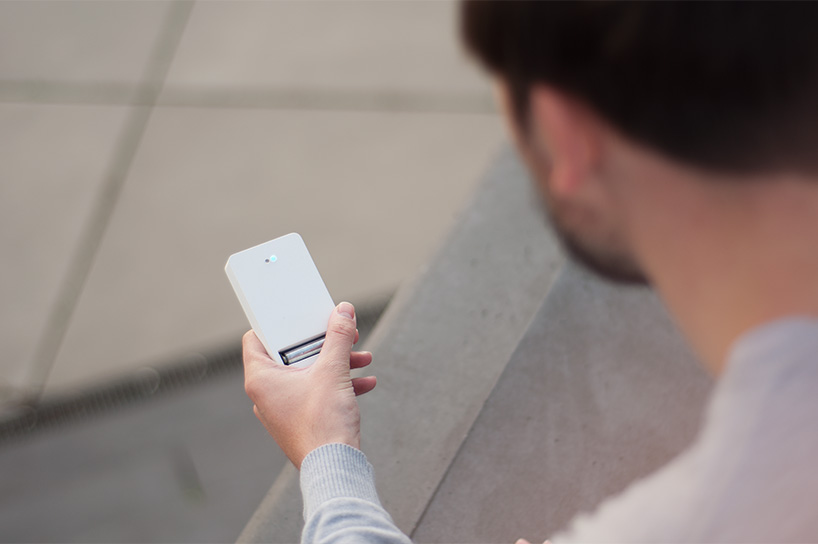
 harvesting the electromagnetic field of the cell phone
harvesting the electromagnetic field of the cell phone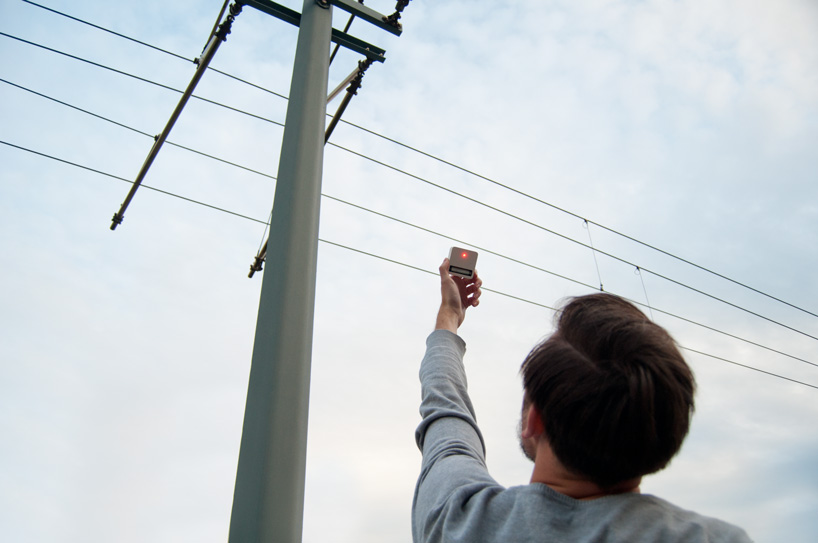 detecting the electromagnetic field of a power line
detecting the electromagnetic field of a power line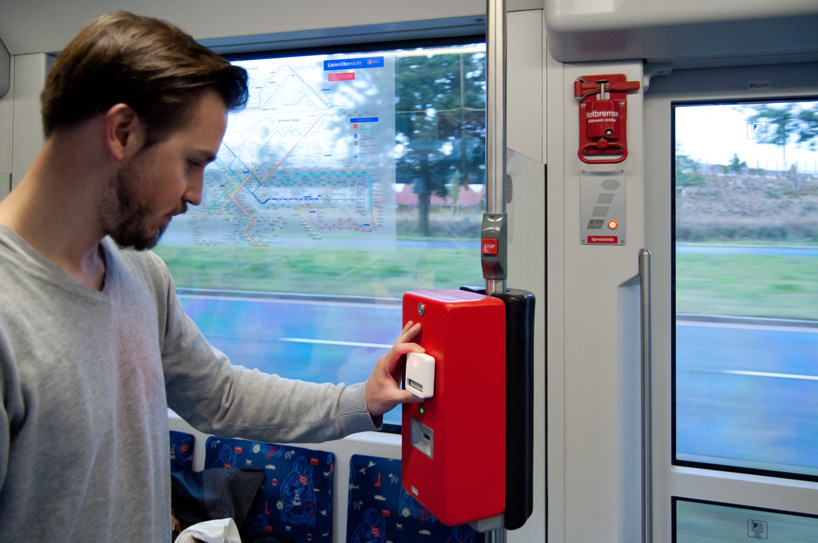 harvesting the electromagnetic field of a ticket validator
harvesting the electromagnetic field of a ticket validator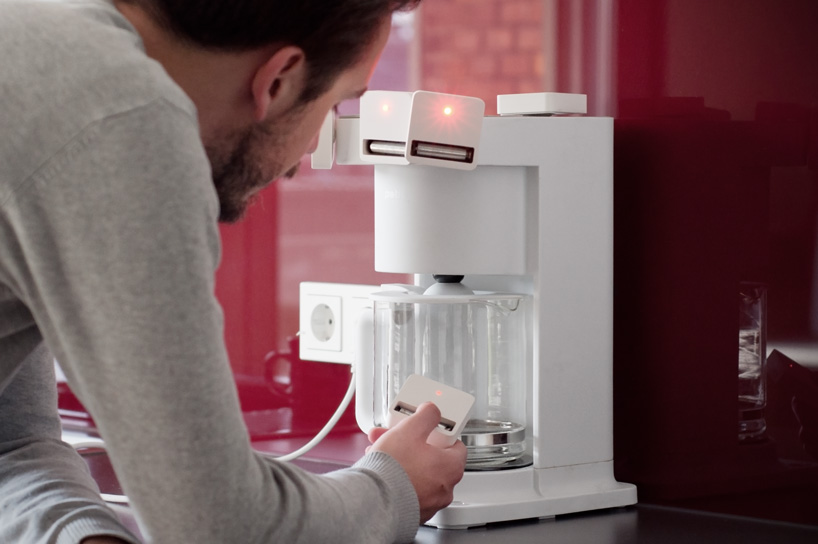 harvesting the electromagnetic field of a coffee machine
harvesting the electromagnetic field of a coffee machine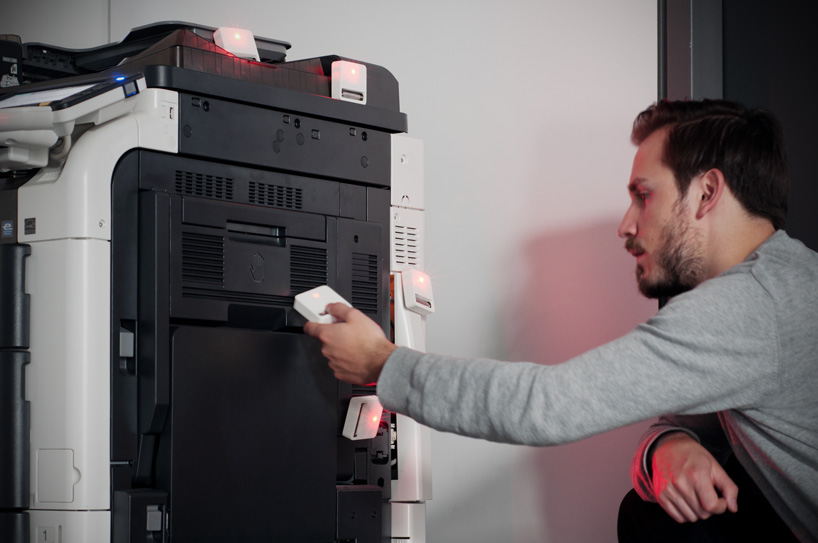 harvesting the electromagnetic field of a copy machine
harvesting the electromagnetic field of a copy machine farming at a substation
farming at a substation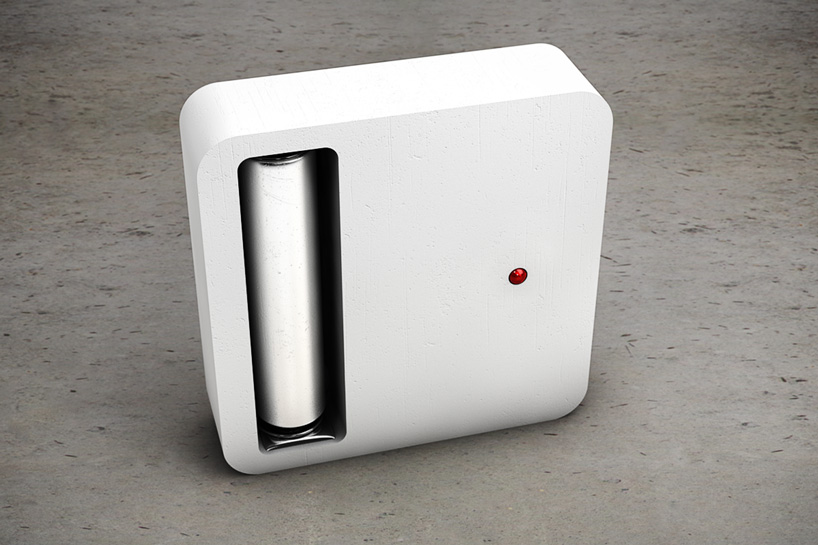 the smaller harvester
the smaller harvester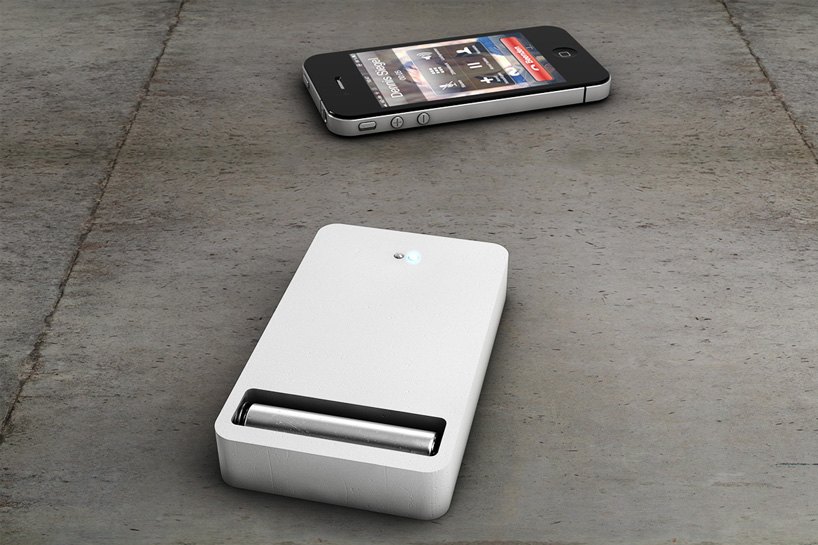 the larger harvester
the larger harvester


